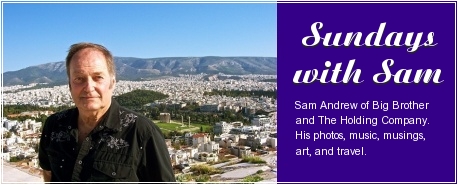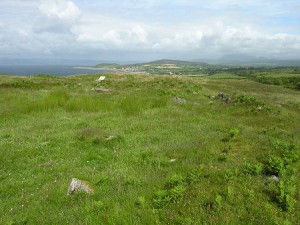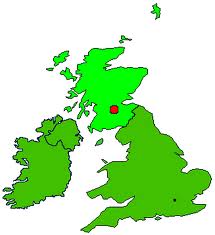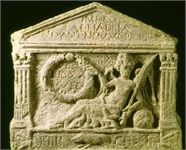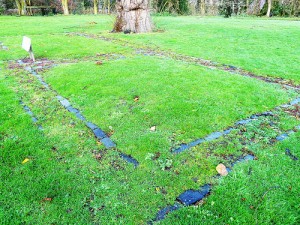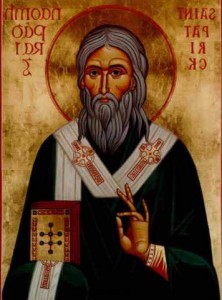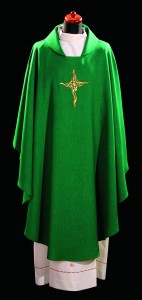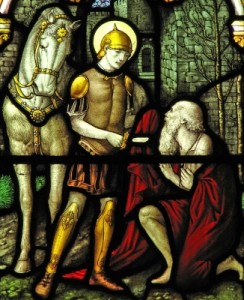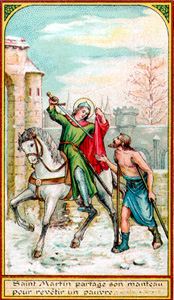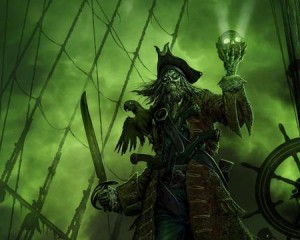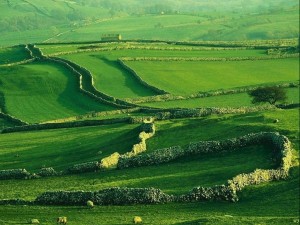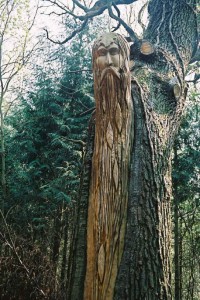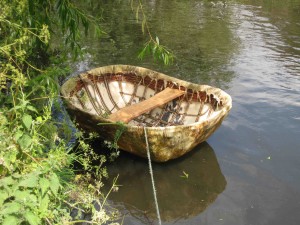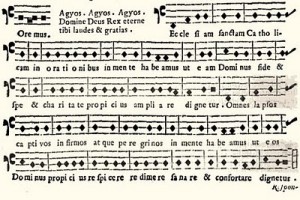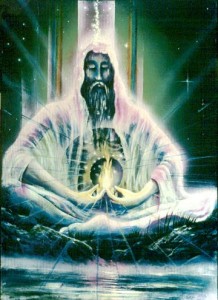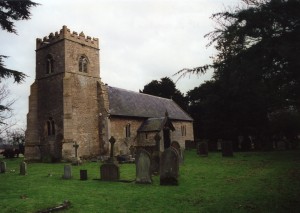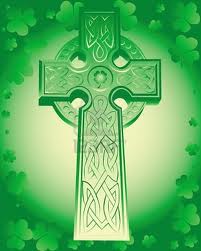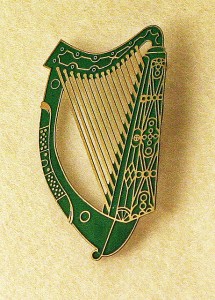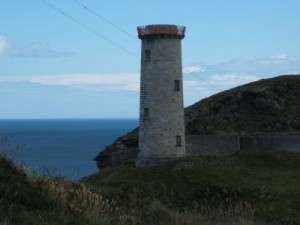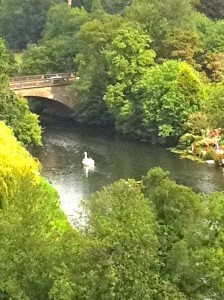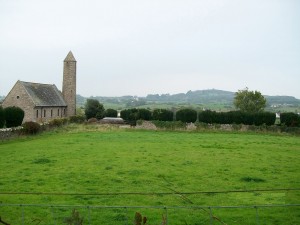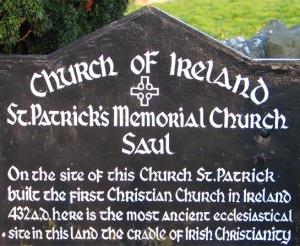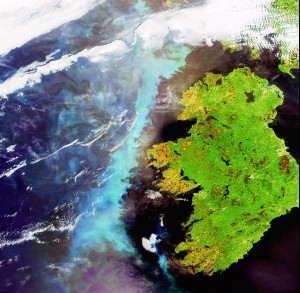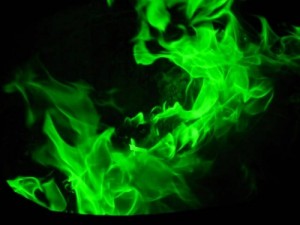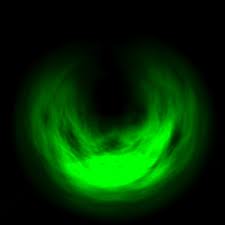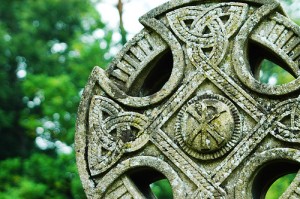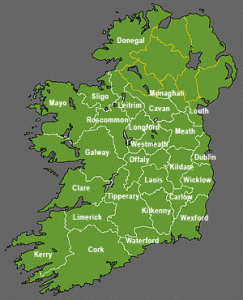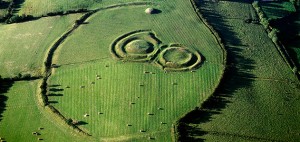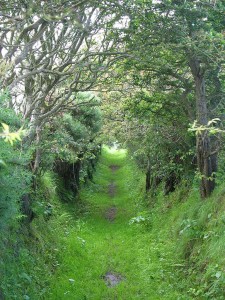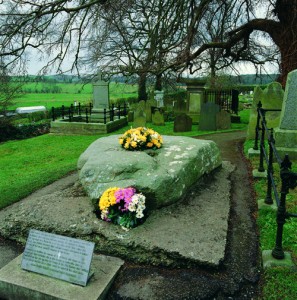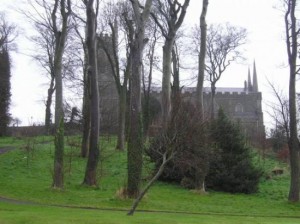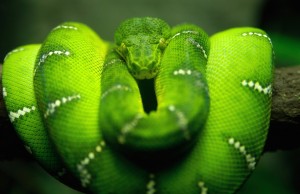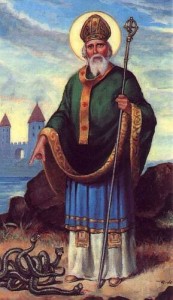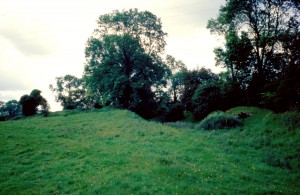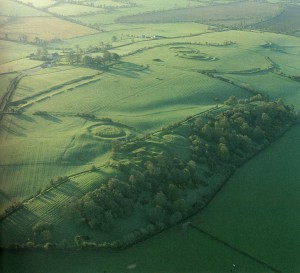11 March 2012
Patrick was born sometime in the fifth century of our era at Kilpatrick, Dumbartonshire, Scotland.
The Antonine Wall had its western terminus near Kilpatrick in West Dumbartonshire, so this was Roman territory. It would be like a military post or base today.
The Antonine Wall was farther north than Hadrian’s
Patrick’s name was most likely Patricius since his father Calpurnius was from a patrician family and served as a deacon (decio) in the church.
In Irish Patrick is Pádraig.
Patrick’s grandfather was a priest. (This is long before the Church, in her wisdom, decided that priests should be celibate.)
Two authentic letters from Patrick survive and we know most of his life from these.
His mother Conchessa was from the same family as Martin de Tours, the patron saint of France.
Martin is so often depicted with a sword seemingly aimed at a near naked man on foot, that one could not be faulted for thinking that he was about to impale the poor beggar. Martin was, however, using his sword to cut his cloak in two to share it with the man..
Irish adventurers abducted Patrick when he was sixteen and he was sold into slavery.
His new owner Milchu of Dairiada in Antrim, Ireland, made him a shepherd and Patrick led a lonely meditative life of prayer for six years.
Milchu was a Druid and thus Patrick came to have a thorough knowledge of the native Irish religion and the Celtic Irish speech.
The study of druidism was his apprenticeship into Irish ways.
At the end of his six year slavery, Patrick escaped traveling west 200 miles to Westport where he sailed for Britain and was soon with family and friends.
He then went to his mother’s family in Gaul, to the monastery at Tours and he also studied at the island sanctuary of Lérins.
Patrick felt insecure about his education and his rustic Latin.
Hearing that Saint Germain (Sanctus Germanus) was preaching at Auxerre, Patrick went to him and after much study became a priest.
Germain was called to Britain to combat the Pelagian heresy there, and Patrick went with him.
Then he began thinking seriously of returning to Ireland.
He began to hear voices calling him back.
Saint Germain, Bishop of Auxerre, commended Patrick to Pope St. Celestine I who gave him the mission of bringing Ireland into the Church.
The Pope now named him Patercius or Patritius to indicate that Patrick would become the pater civium, the father of his people.
Thus, in 433 Patrick landed at the Vantry River close by Wicklow Head.
He made his way to Dairiada and payed the price of ransom to his former master.
Before contending with the Druids, he rested for a while off the Skerrie Coast.
A chieftain named Dichu at first tried to stop Patrick, but Dichu gradually became a friend and gave Patrick a sabhail (barn) which became the first patrician sanctuary in Ireland.
“Sabhail” is an Irish word meaning “save, preserve,” in one sense for the saving of crops. Over time the word became “saul.”
A monastery and church were built there and the place is still known as Sabhail (Saul). This is where Patrick died many years later.
Patrick’s former master Milchu, rather than be converted by his former slave, burned all of his (Milchu’s) possessions and threw himself into the fire.
Fire was sacred to the Irish.
Patrick used bonfires to celebrate Easter since the Irish honored their gods with fire.
Patrick understood the power of symbolism.
He made the Irish cross by superimposing a sun, which the Irish worshipped, onto the Christian cross to create what is now called a Celtic cross.
When he returned to Saul (Sabhail), Patrick heard that there was to be a special gathering of all the chieftains at Tara on 26 March Easter Sunday 433.
All the chiefs and Druids came.
Patrick performed many great works at this festival and the people of Ireland understood that he was a messenger to them.
All the chieftains, all the bards and all the people understood Patrick’s special clarity and holiness.
It was here that he showed them the shamrock and explained the triune godhead.
On that Easter Day at Tara, the triumph of Patrick was complete.
The sacred fire now kindled by the saint would never be extinguished.
Patrick died on 17 March 493.
He is said to be buried at Down Cathedral in Downpatrick, County Down.
By the way, there have been no snakes in Ireland for ten thousand years.
No snakes either on New Zealand, iceland, Greenland, Antarctica or Hawaii and probably many other island places.
The shamrock was sacred in pre-Christian Ireland. It represented rebirth and eternal life.
Religious life in Ireland is very old… at least six thousand years old, but probably even more venerable.
Be sure to wear green this Saturday.
See you next week.
Sam Andrew
Big Brother and the Holding Company
__________________________________________________________
